For many, Wi-Fi calling is an item they encounter in the settings section of their smartphone. But what exactly is it and how does Wi-Fi calling work? Simply put, Wi-Fi Calling routes your carrier's voice calls over the Internet whenever your phone is connected to Wi-Fi, whether at home, at work, at the airport, or at a coffee shop.
Why should you care about Wi-Fi calling? The main reason is income. Mobile calls depend on the quality of the signal between you and the nearest transmitter, which is affected not only by distance, but also by factors such as weather, the density of obstacles and the total number of people connected to a given tower. Since Wi-Fi is usually only a short-distance bridge to a fiber or cable Internet connection, these factors can be reduced or eliminated. Your carrier also benefits from this arrangement, as part of the load is transferred to public networks and calls can even be routed around broken or overloaded infrastructure.
You could be interested in
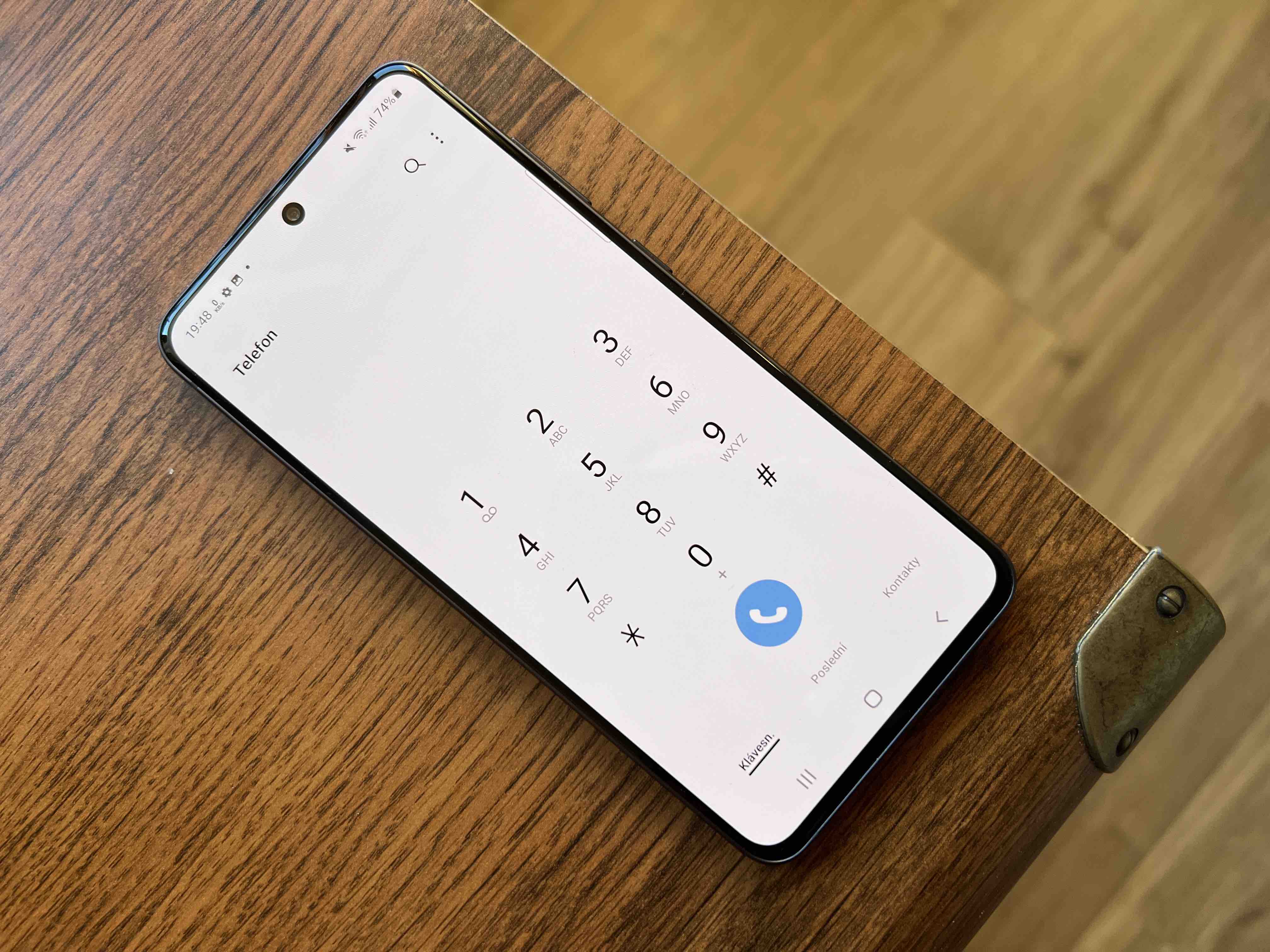
In some cases, Wi-Fi calls can also sound clearer than cellular calls. This is less likely now that 4G and 5G mobile networks are standard and offer enough bandwidth for technologies like VoLTE and Vo5G (Voice over LTE, respectively 5G), but Wi-Fi tends to offer more reliable capacity. However, Wi-Fi calling also has its disadvantages. Perhaps the biggest one is that if the phone tries to connect via a public hotspot, you'll have to "compete" for limited bandwidth, which can potentially hurt audio quality. Distance issues can also occur in large spaces such as airports, which can result in poor connection quality.
How does Wi-Fi calling work?
If this all sounds a lot like VoIP (Voice over Internet Protocol) platforms like Skype and Zoom, you're not wrong. When Wi-Fi calling is active and a hotspot is available nearby, your carrier essentially routes your calls through the VoIP system, except that the connections start and end at traditional phone numbers. The person you're calling doesn't need to be connected to Wi-Fi, and if your cellular connection is stronger than any Wi-Fi signal, it will default instead. Any modern smartphone can make Wi-Fi calls, but for reasons that are probably already obvious, this feature must be explicitly supported by your carrier. If your carrier does not allow this, you may not see this option in your phone settings at all.
You could be interested in
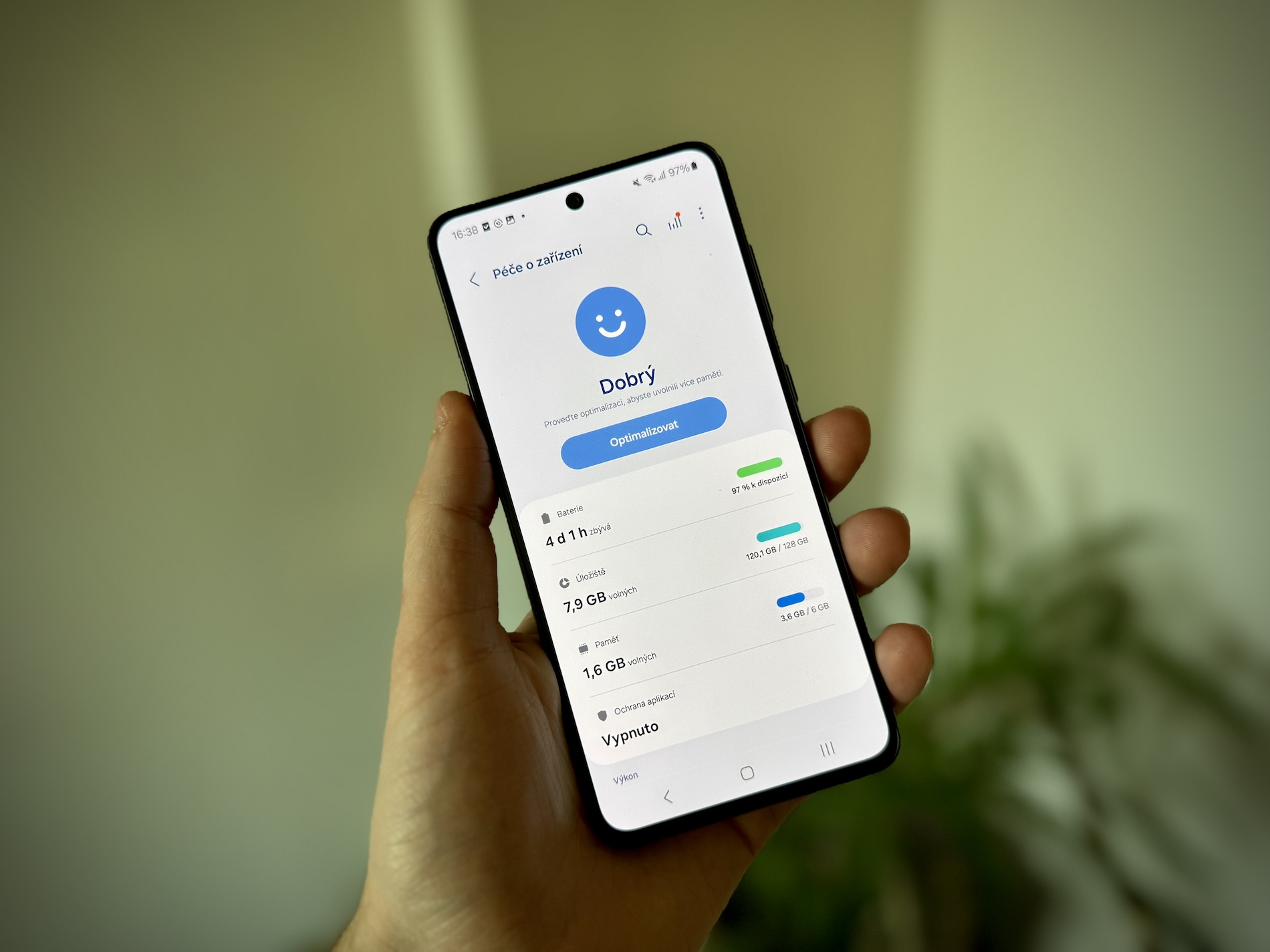
How much does Wi-Fi calling cost?
In most circumstances, Wi-Fi calling shouldn't cost anything extra, as it's just an alternative way to route phone calls. There isn't a single operator that automatically charges for this privilege, which makes sense - you're probably doing them a favor and it's another point to attract customers. The only way it could cost money is if you had to switch providers. Some carriers may not support this technology or may impose restrictions on it if you are traveling abroad. For example, some carriers may block you from making Wi-Fi calls outside of your home country, forcing you to rely on mobile roaming or local SIM cards instead.
Wi-Fi calling is a useful feature that can improve your call quality and reduce your dependence on a mobile signal. It offers more reliable and clearer sound, especially in weak signal areas. It is also advantageous for operators, who will lighten their infrastructure. The downside is Wi-Fi dependency and potential bandwidth issues in busy areas. Most operators offer this feature for free, but some may restrict it abroad. Therefore, check the conditions with your operator before activating Wi-Fi calling.
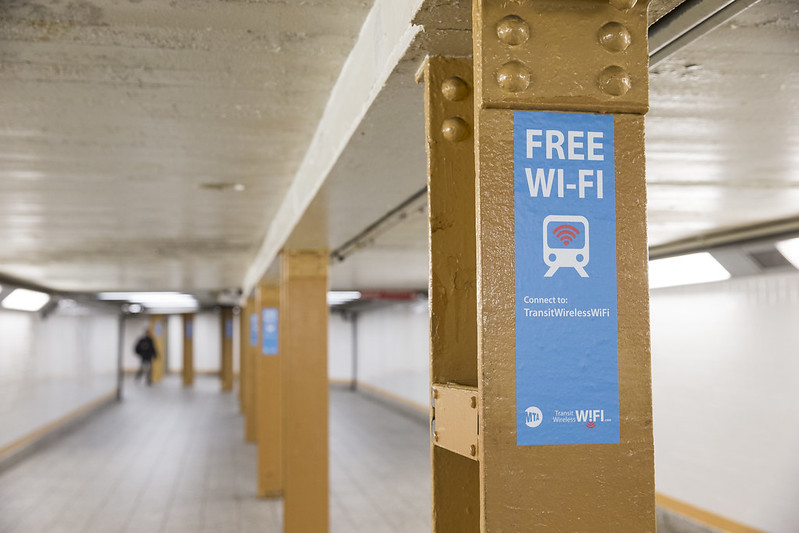

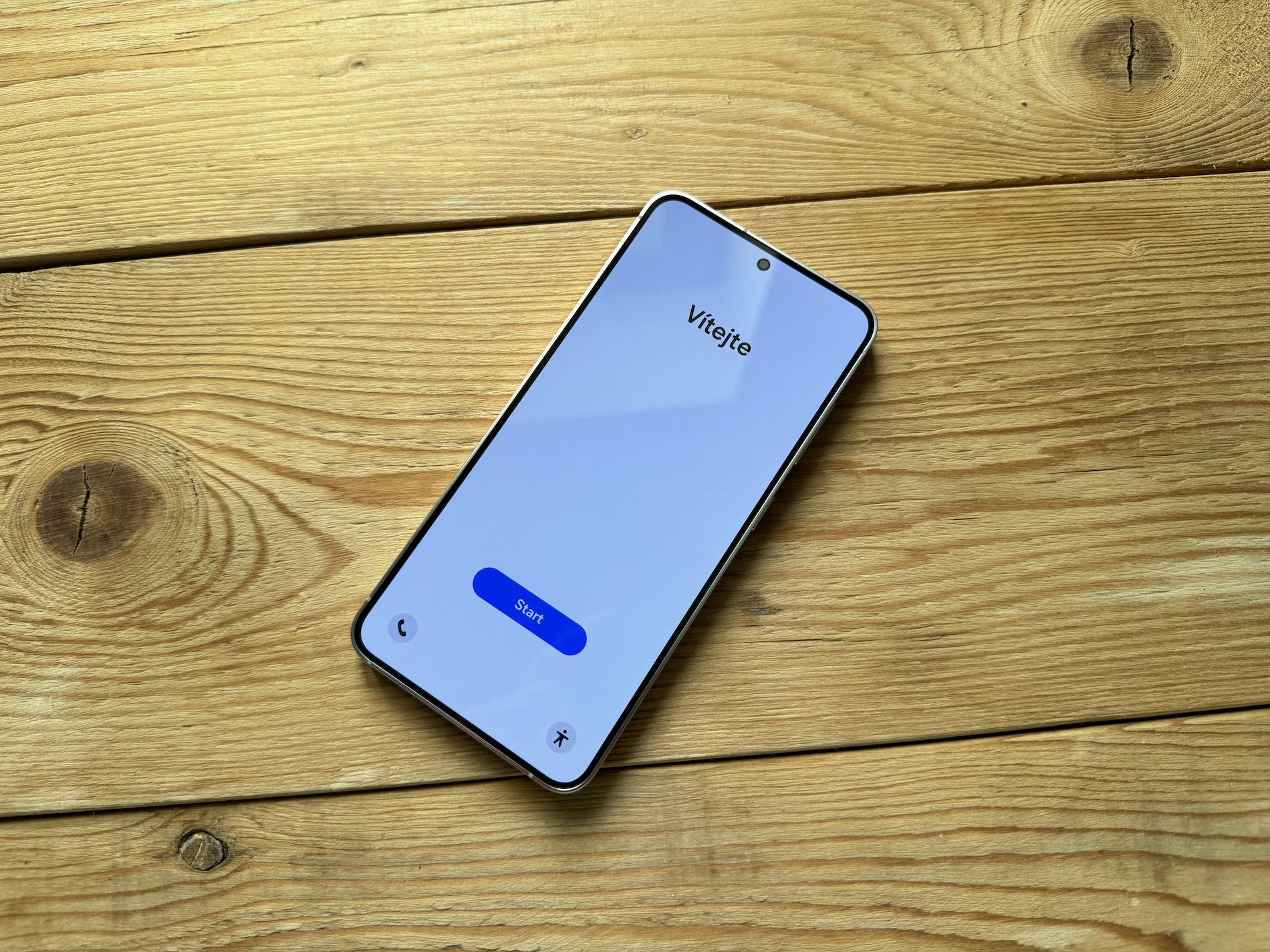
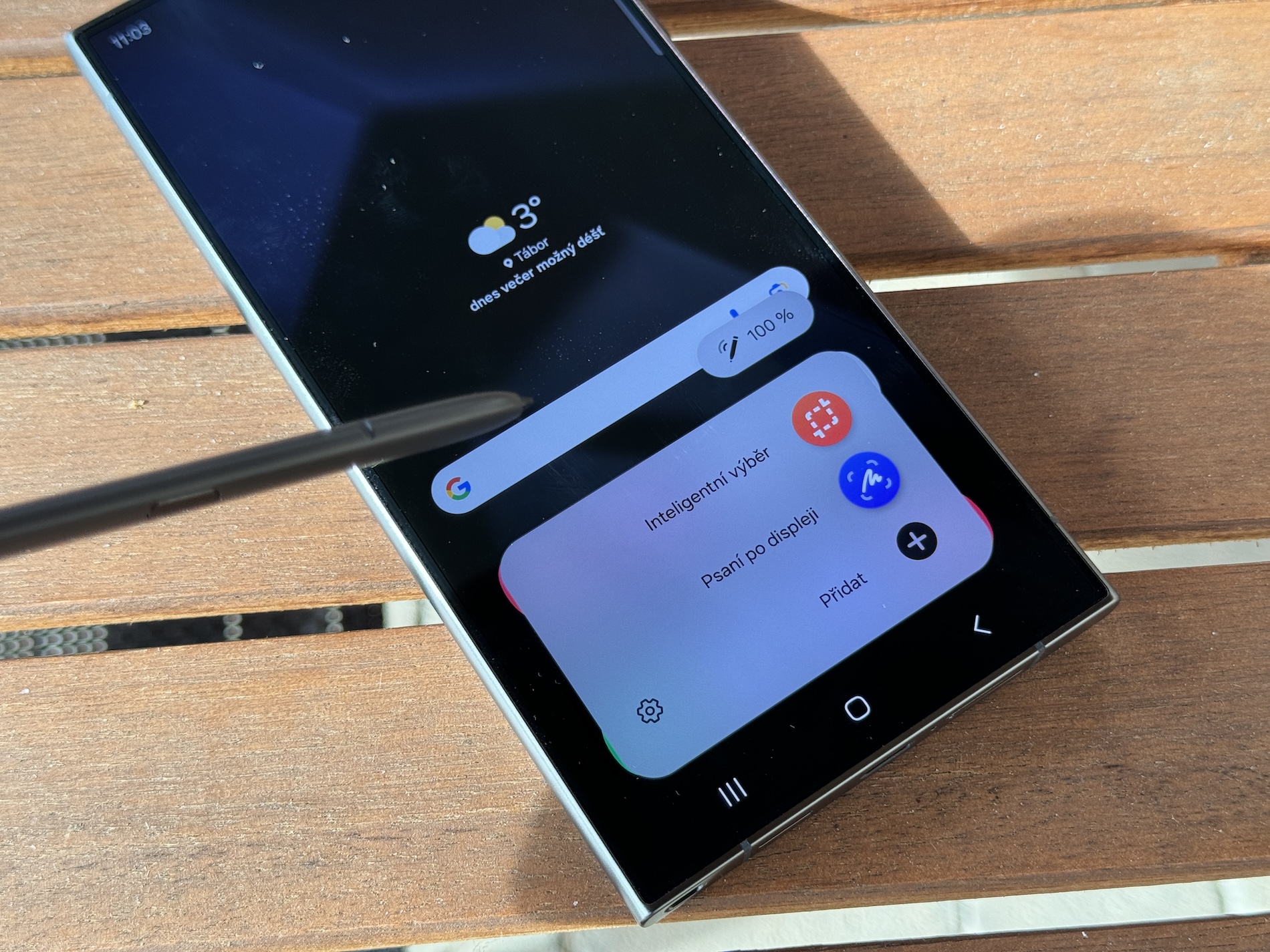
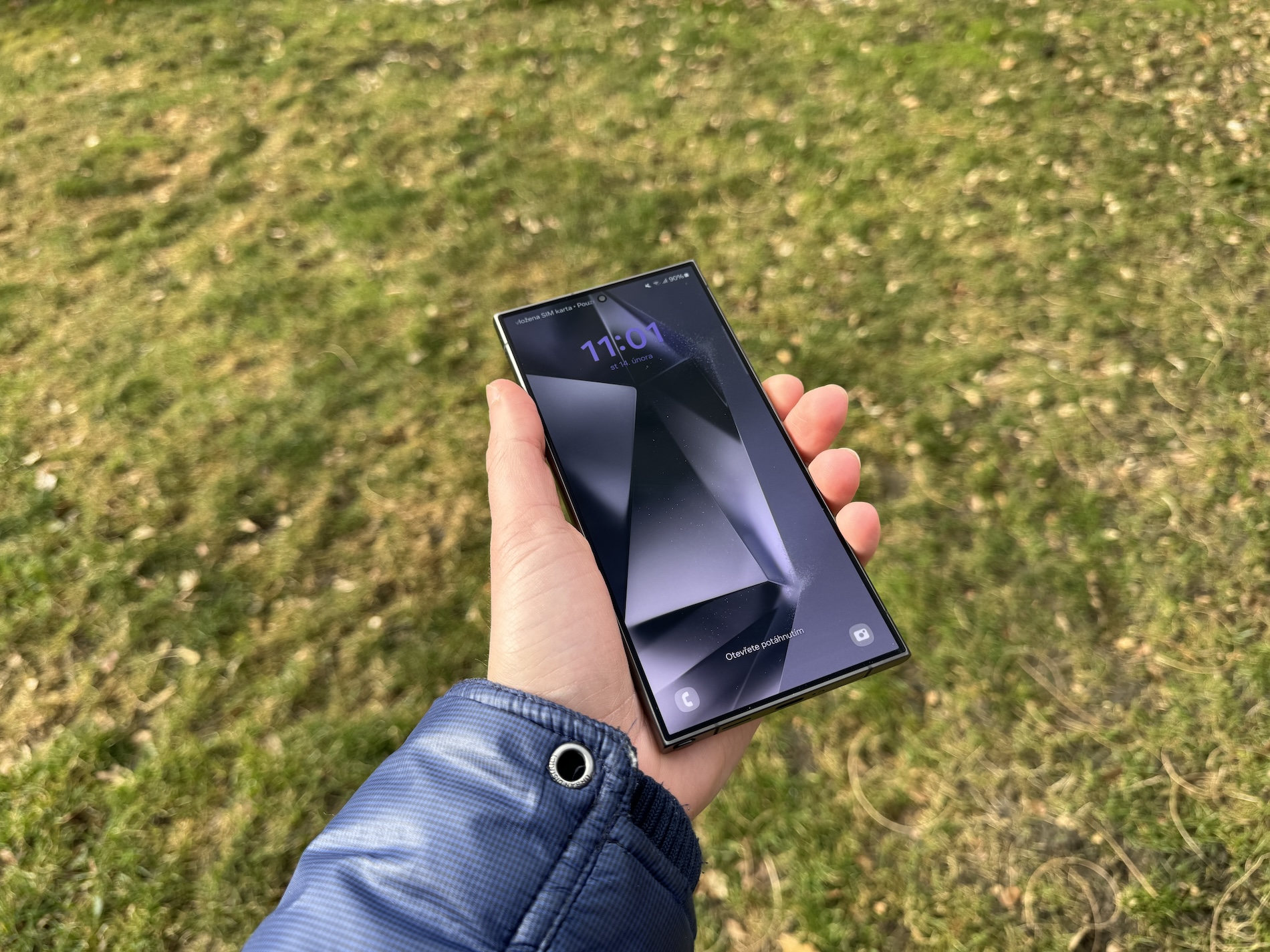
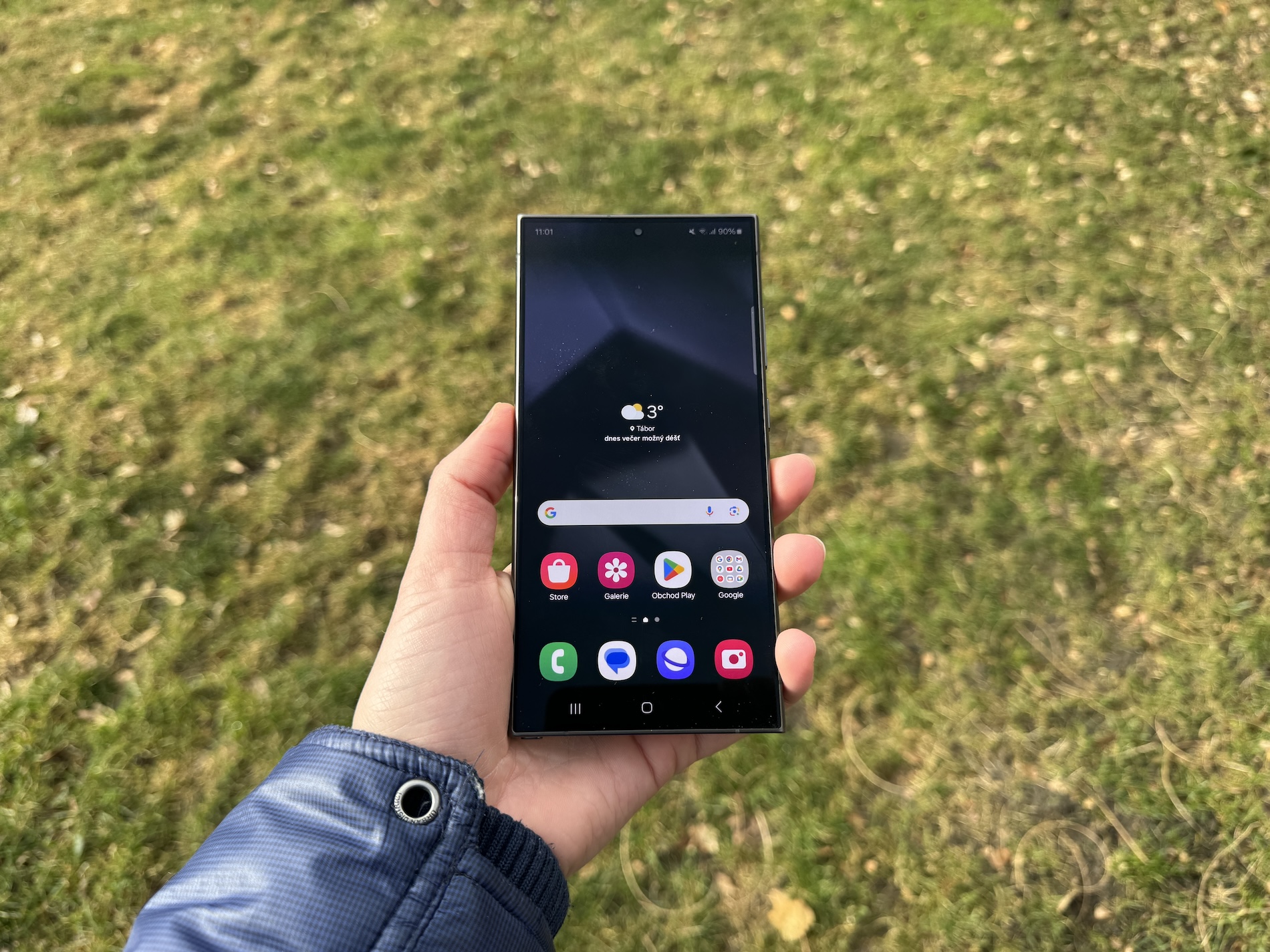
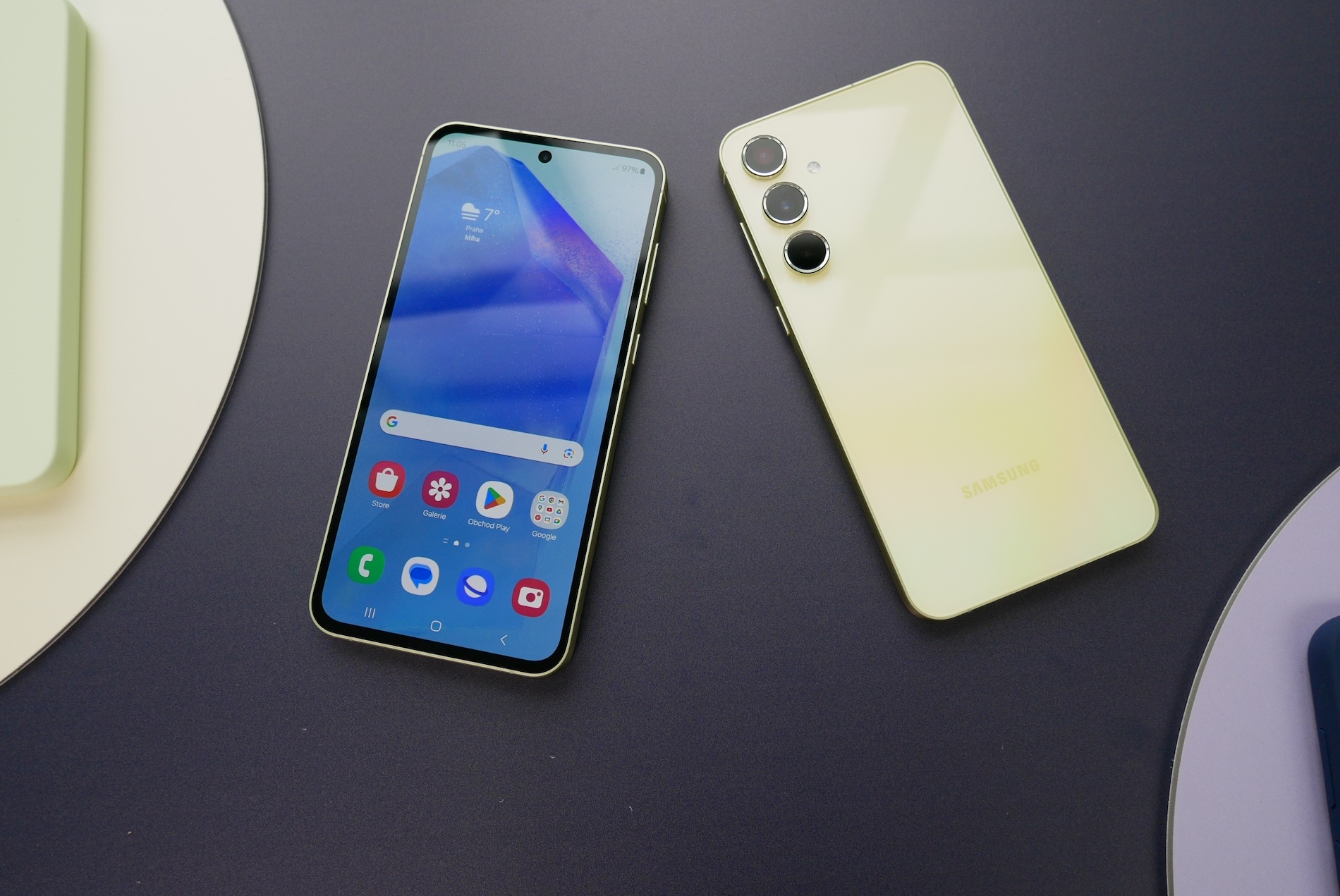
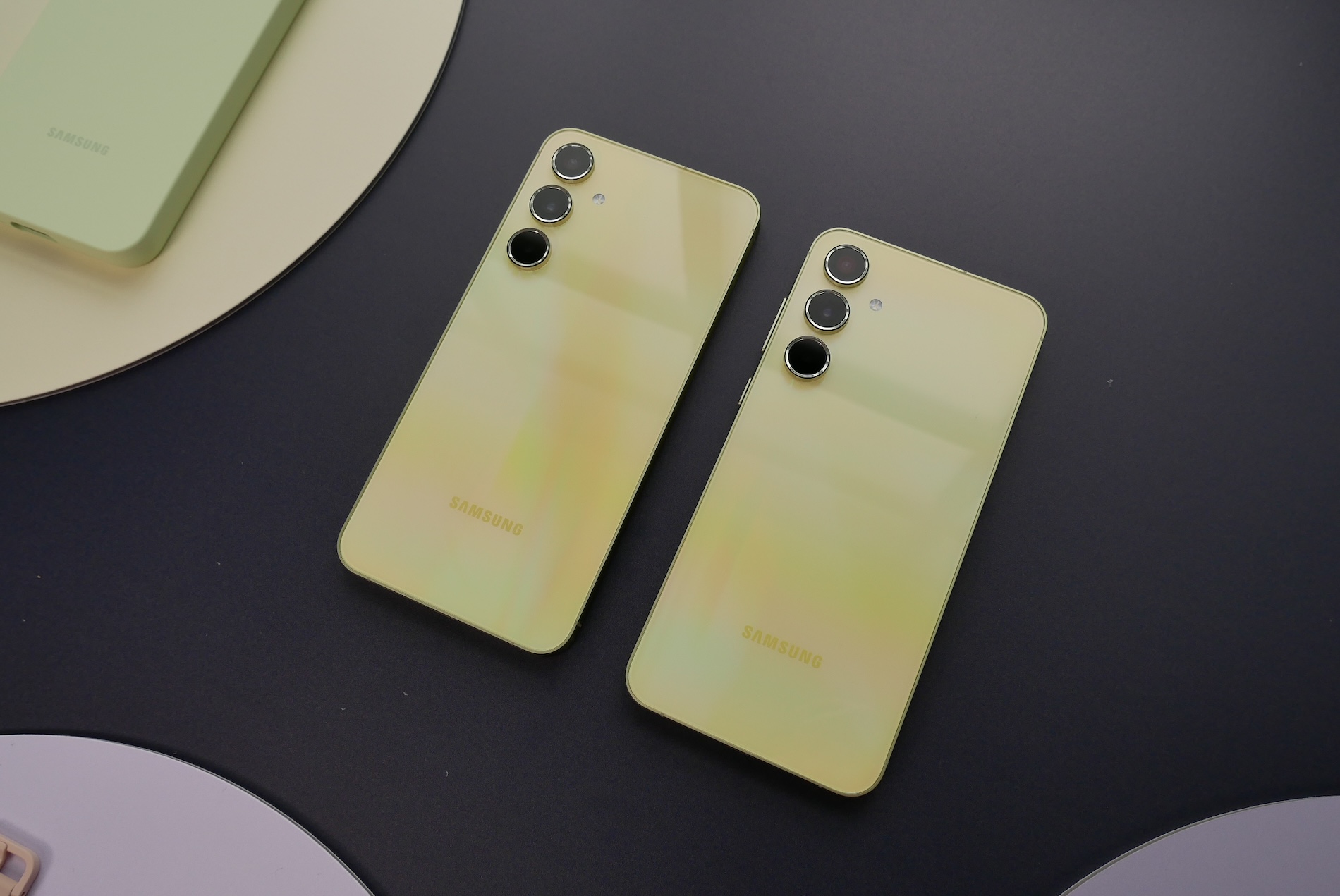
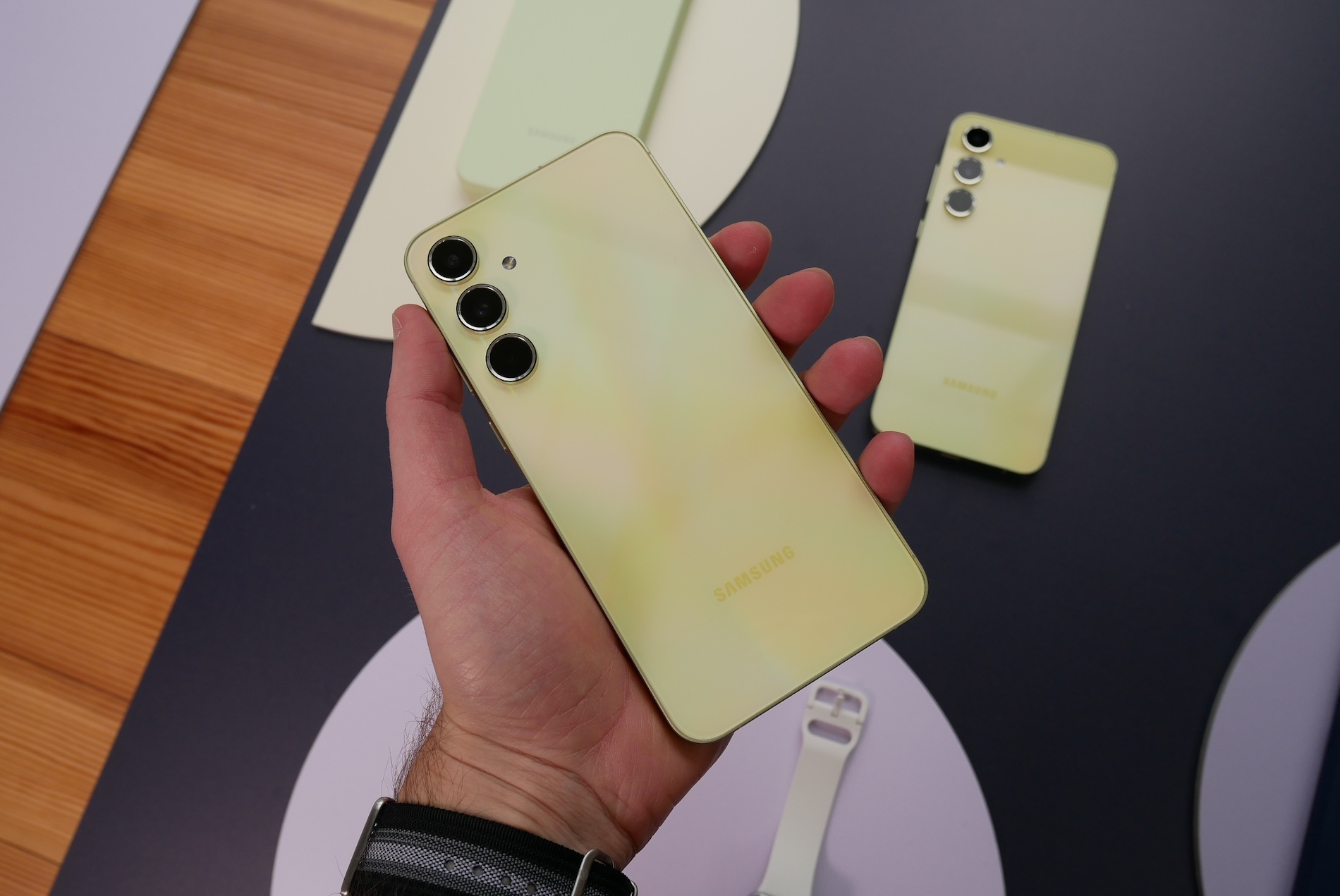
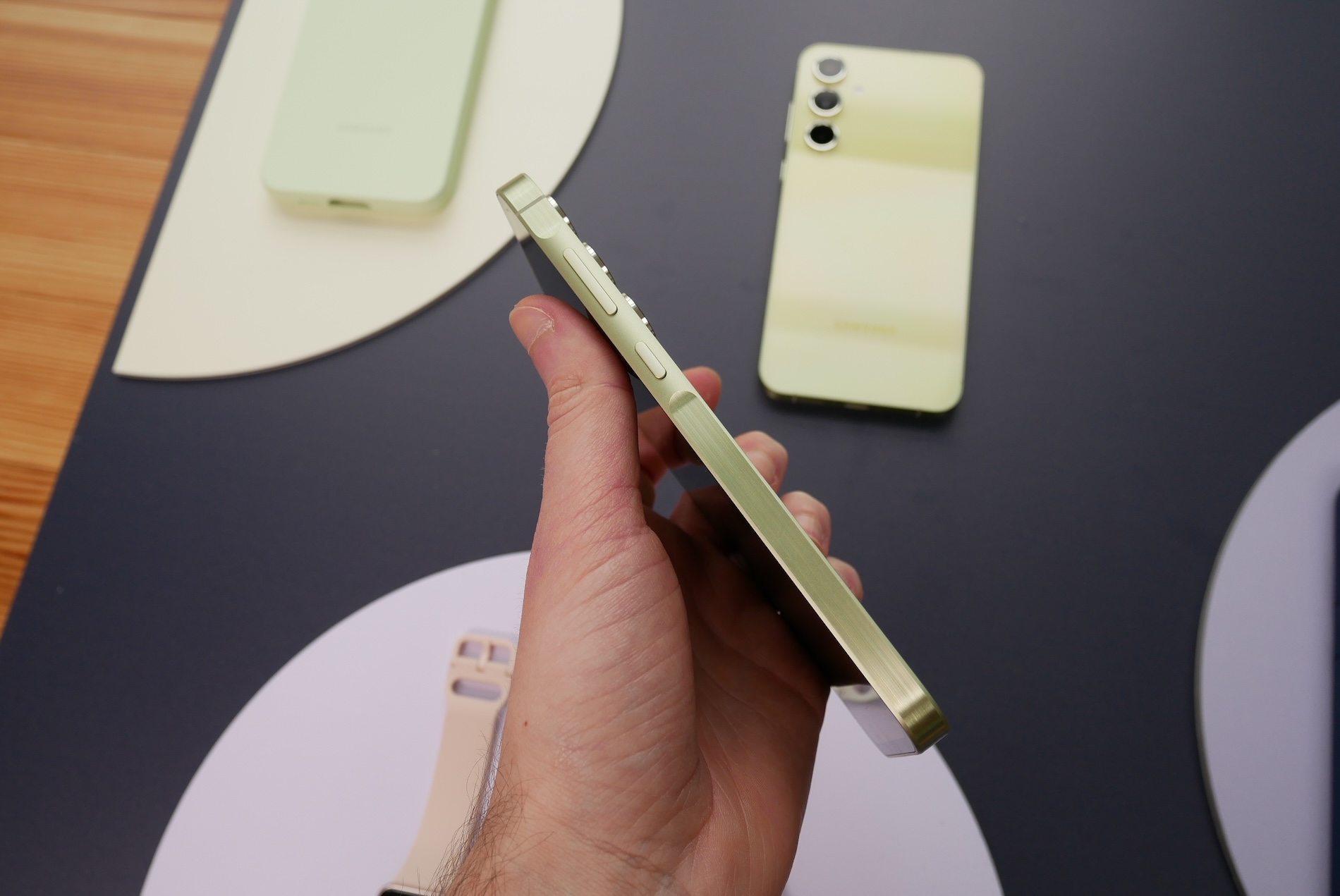
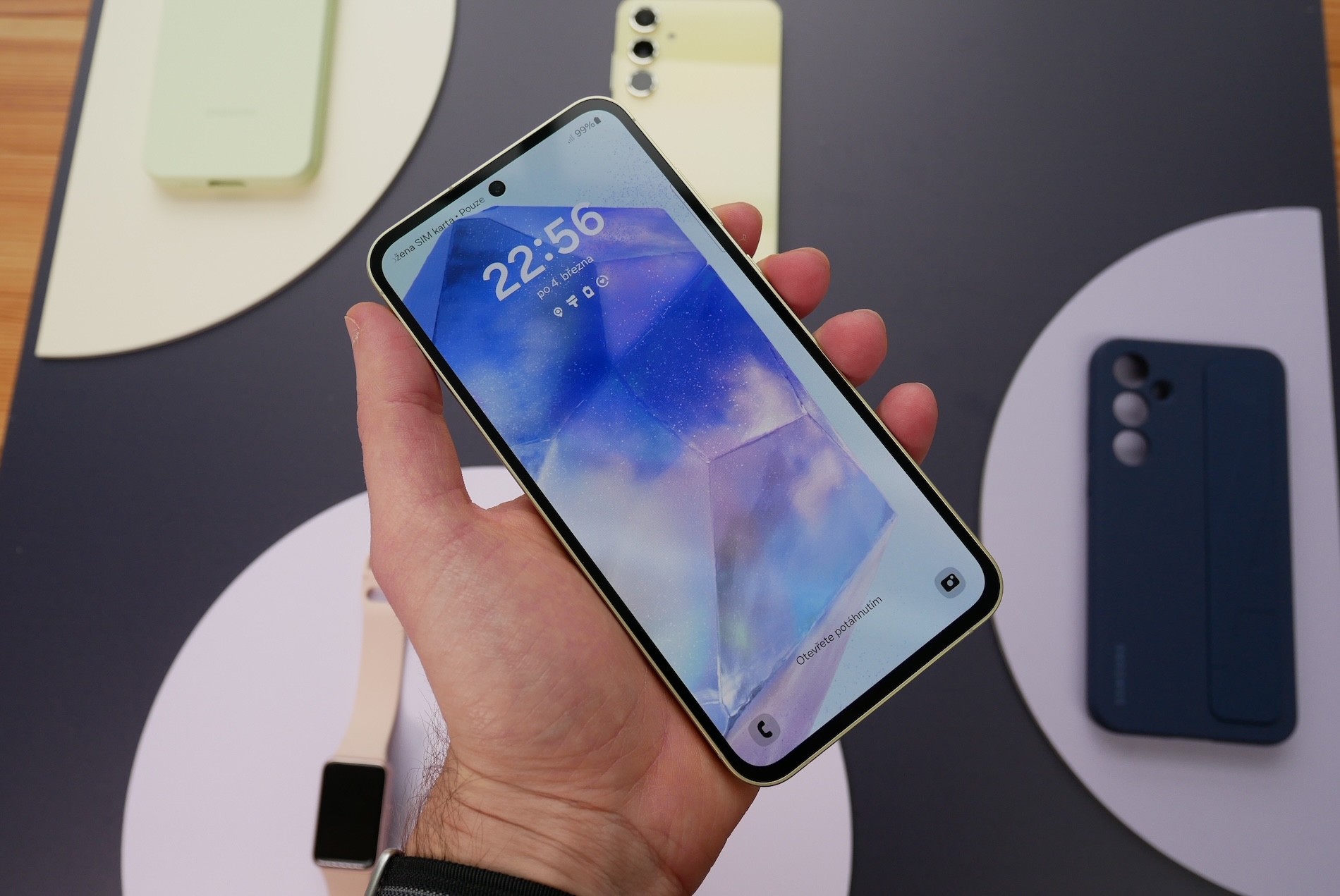

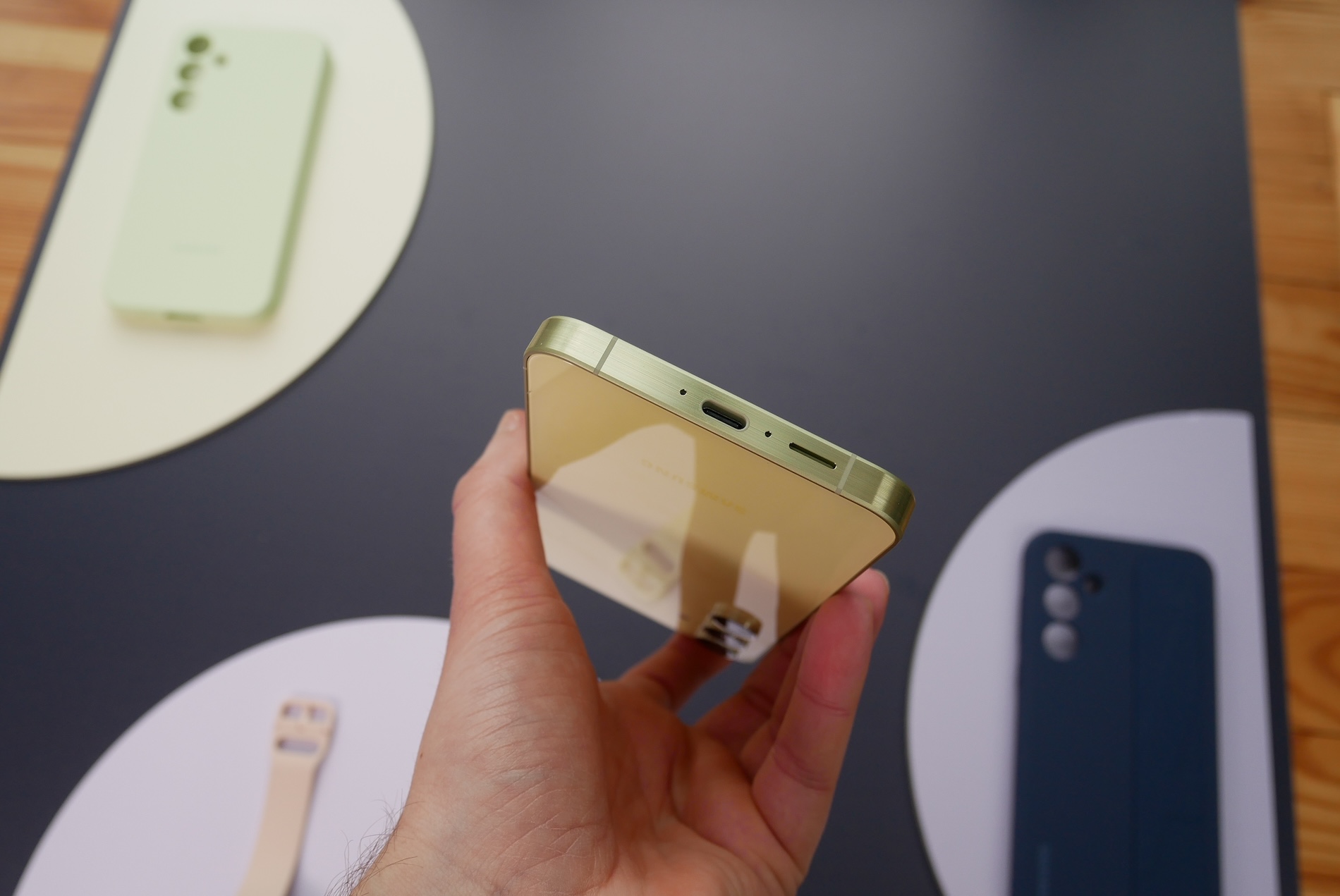
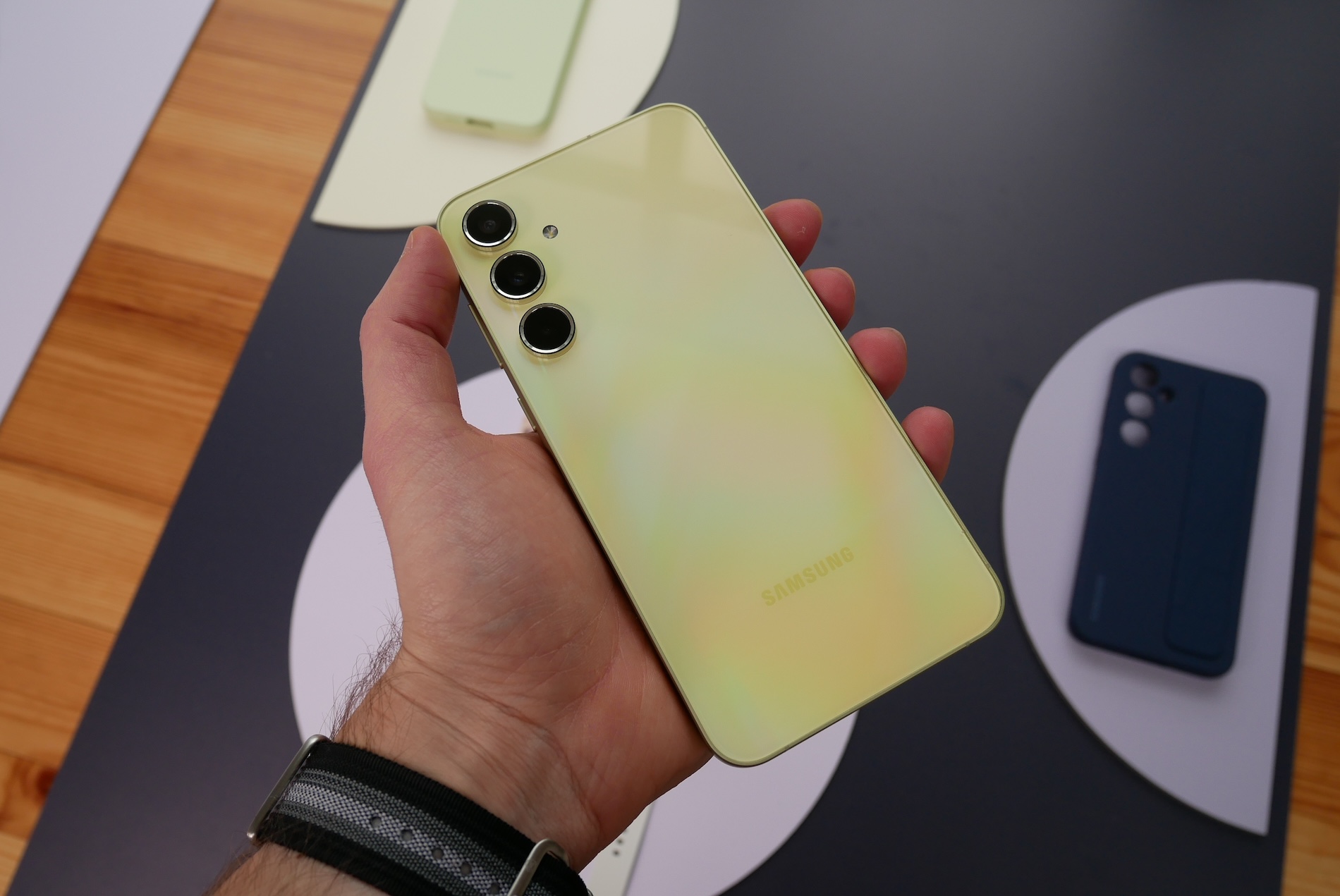
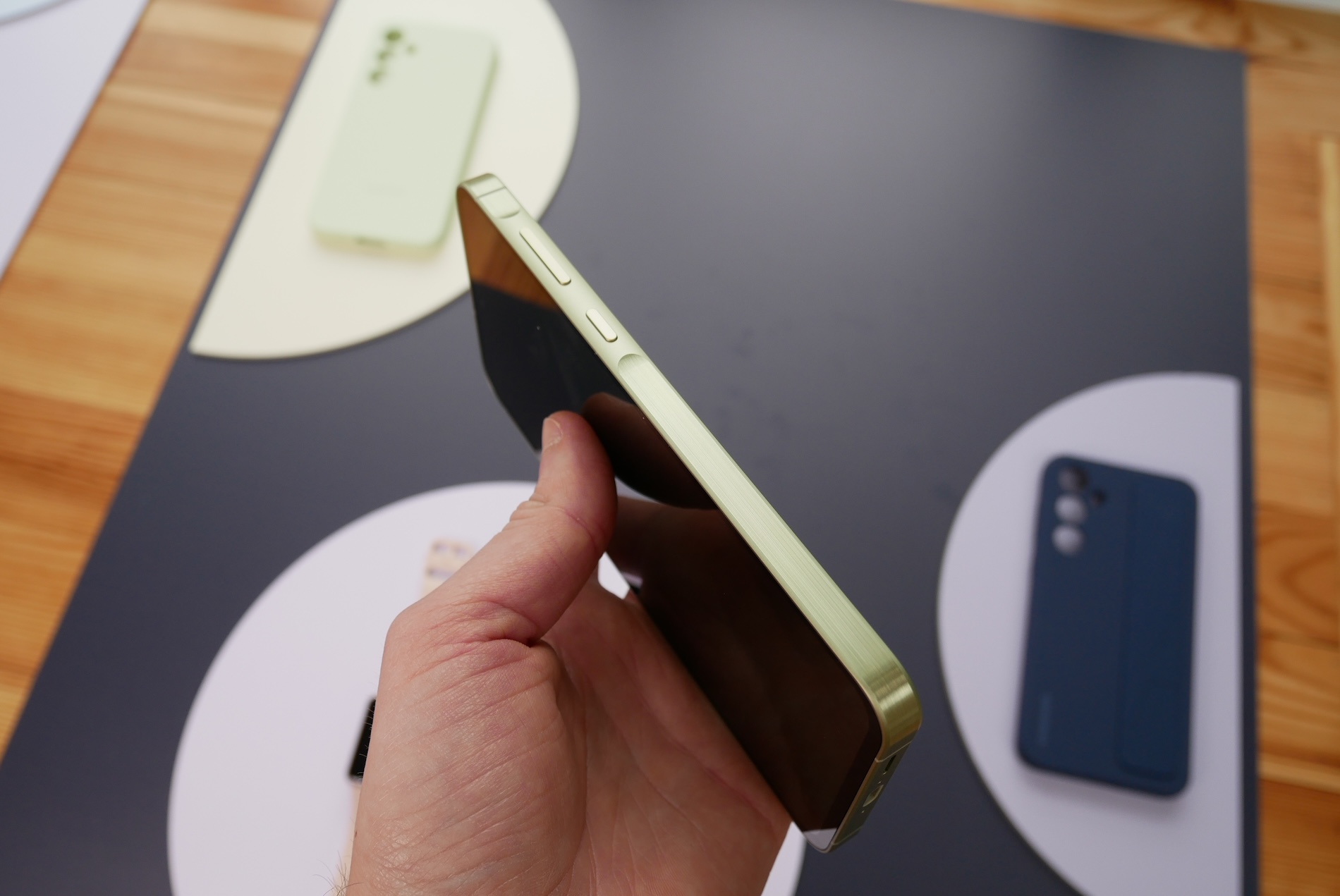
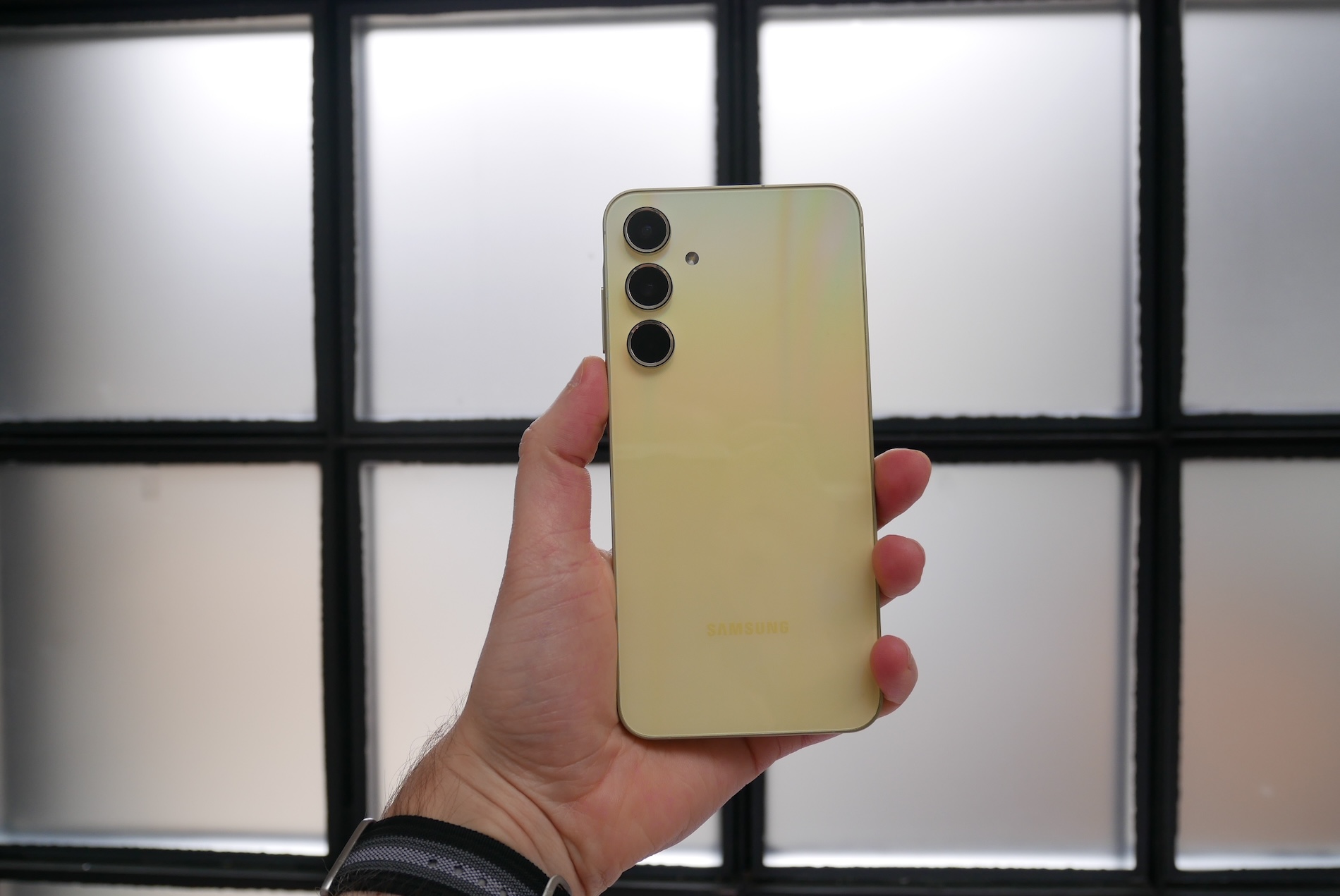
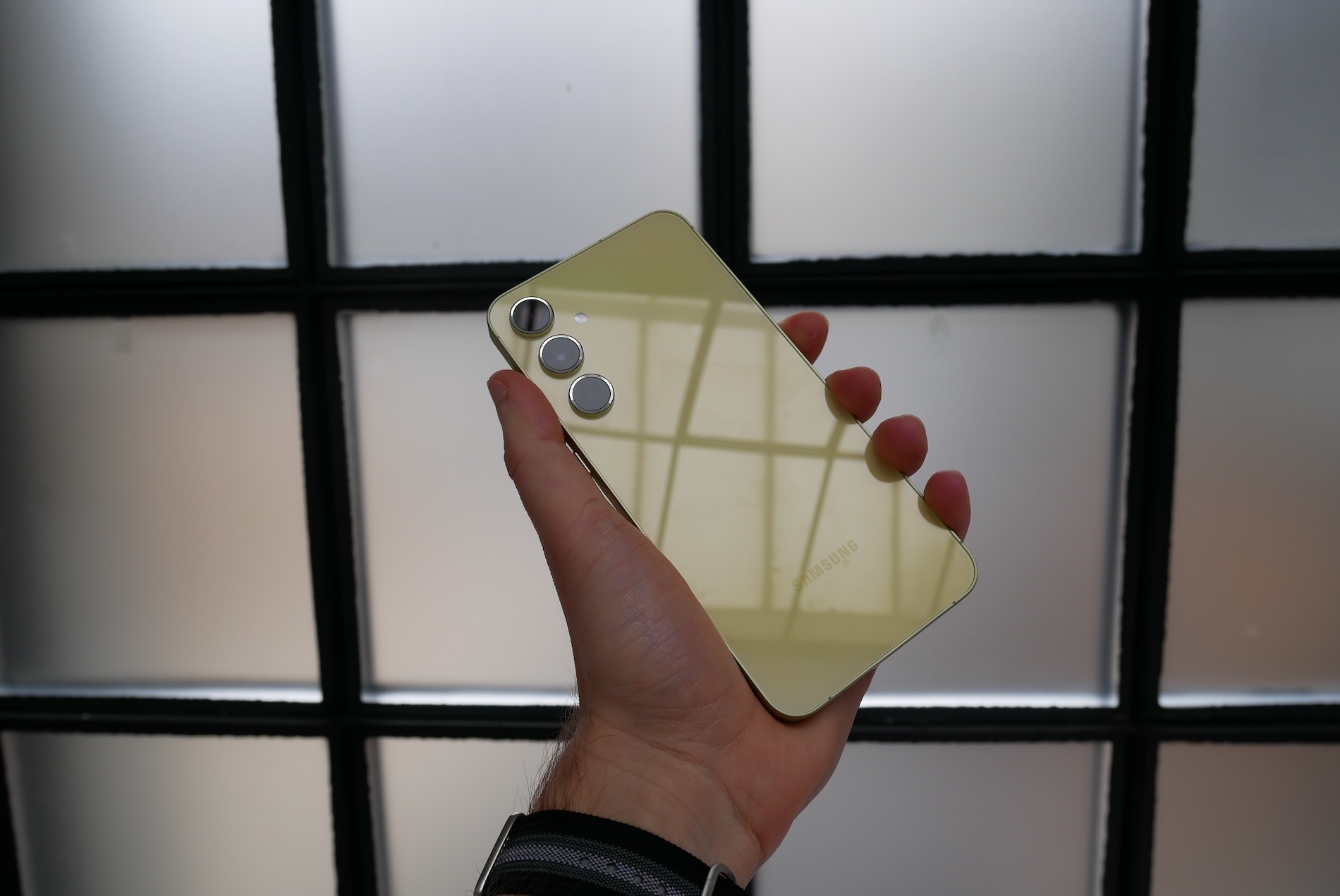

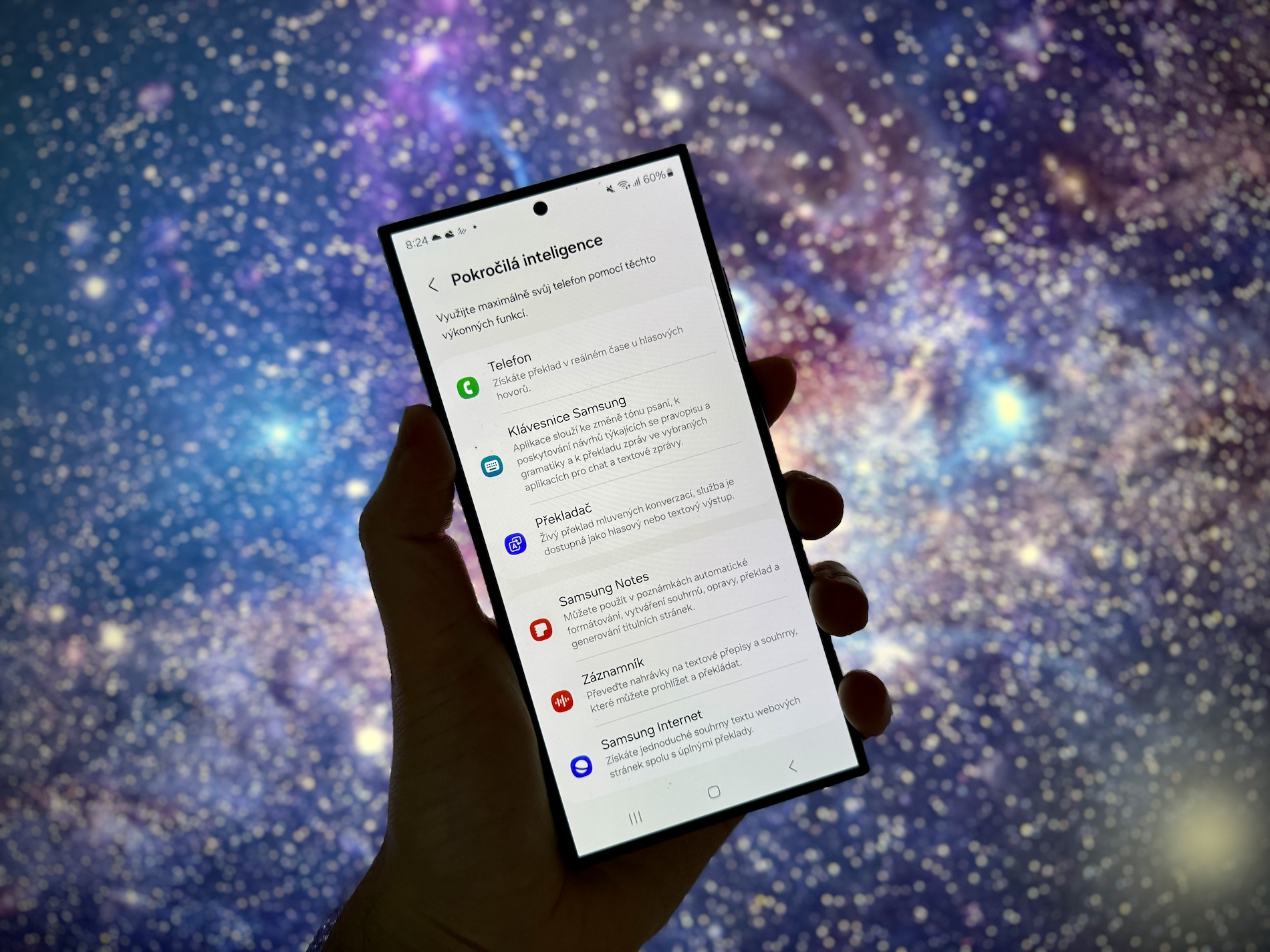
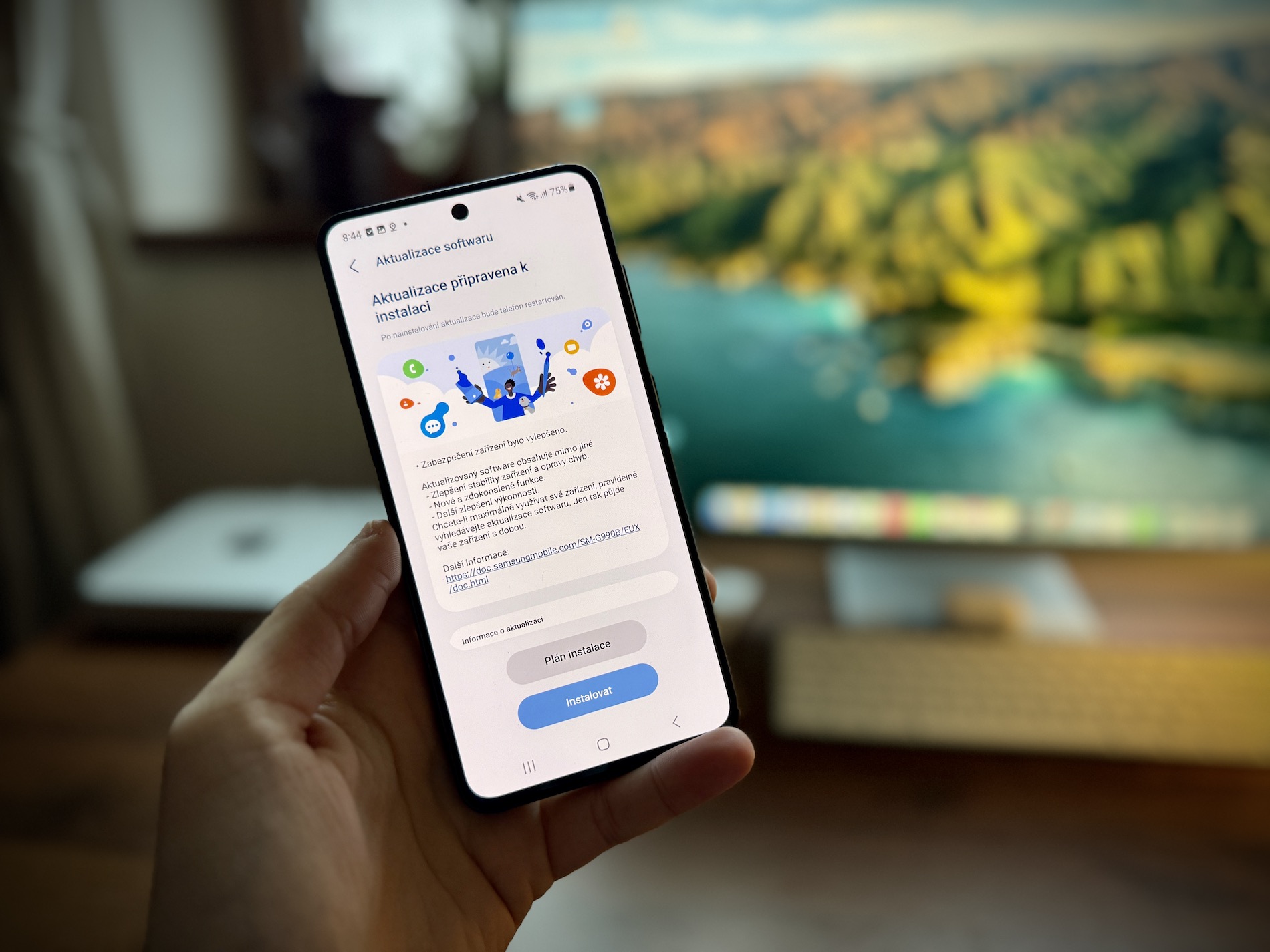
Few people know that Vodafone CZ has Wi-Fi calls from abroad (tested in Oman) at the price of a domestic tariff (!) Vodafone has it on the website too, but does not promote it.
With o2 for the same price as via the mobile network.